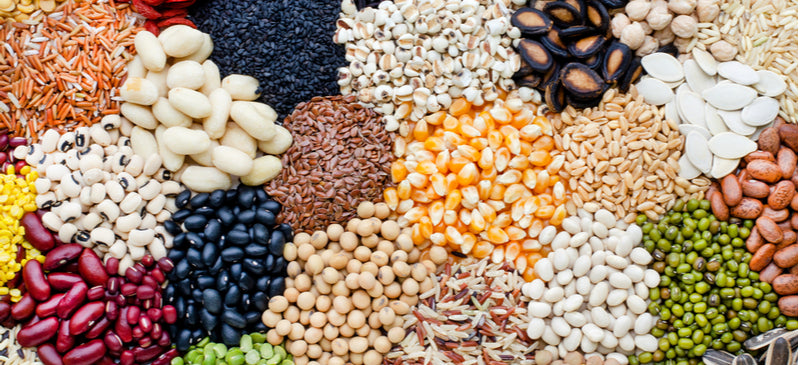In the vast landscape of the global economy, non-durable consumer goods play a pivotal role. Yet, their significance often goes unnoticed, overshadowed by their more glamorous counterparts - durable goods. This article aims to shed light on what non-durable consumer goods are, their unique characteristics, their role in the economy, and the trends shaping their future.
Non-durable consumer goods, also known as soft goods or consumables, are products that are generally consumed or used up shortly after purchase, typically within three years. These goods are designed for immediate consumption and have a short life span due to their fast wear and tear, decay, or the fact that they become obsolete. Examples include food, beverages, clothing, fuel, cosmetics, office supplies, and cleaning products.
The non-durable goods sector is a significant component of the economy, contributing substantially to GDP and employment. This sector is often used as a barometer of economic health. During economic downturns, consumers tend to cut back on durable goods, but non-durable goods consumption often remains stable, making it a reliable indicator of economic stability.
Non-durable consumer goods are also critical in understanding consumer behavior. Unlike durable goods, which are often considered investments, non-durable goods are typically associated with immediate gratification. Therefore, changes in non-durable goods consumption can provide insights into shifts in consumer sentiment and purchasing power.
The non-durable goods market is highly dynamic and influenced by various factors. Technological advancements, changing consumer preferences, and environmental concerns are reshaping the industry. For instance, the rise of e-commerce has revolutionized the way non-durable goods are marketed and sold, leading to increased competition and innovation. Meanwhile, growing awareness about sustainability is driving demand for eco-friendly non-durable goods.
However, the non-durable goods sector also faces challenges. The short lifespan of these products contributes to significant waste, posing environmental concerns. Moreover, the industry is susceptible to fluctuations in raw material prices, which can impact profitability.
Despite these challenges, the future of non-durable consumer goods looks promising. With advancements in sustainable production methods and the growing trend of conscious consumerism, non-durable goods are poised to become more eco-friendly. Moreover, the rise of digital technologies offers opportunities for personalized marketing and improved customer engagement.
In conclusion, non-durable consumer goods are an integral part of our daily lives and the economy. Understanding their nature, role, and the trends shaping their future is crucial for businesses, policymakers, and consumers alike. As we navigate the complexities of the 21st-century economy, non-durable consumer goods will continue to be the unsung heroes, driving economic vitality and reflecting our evolving lifestyles.

